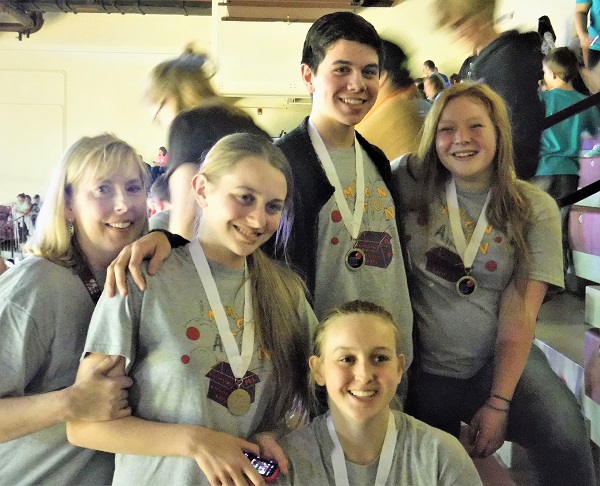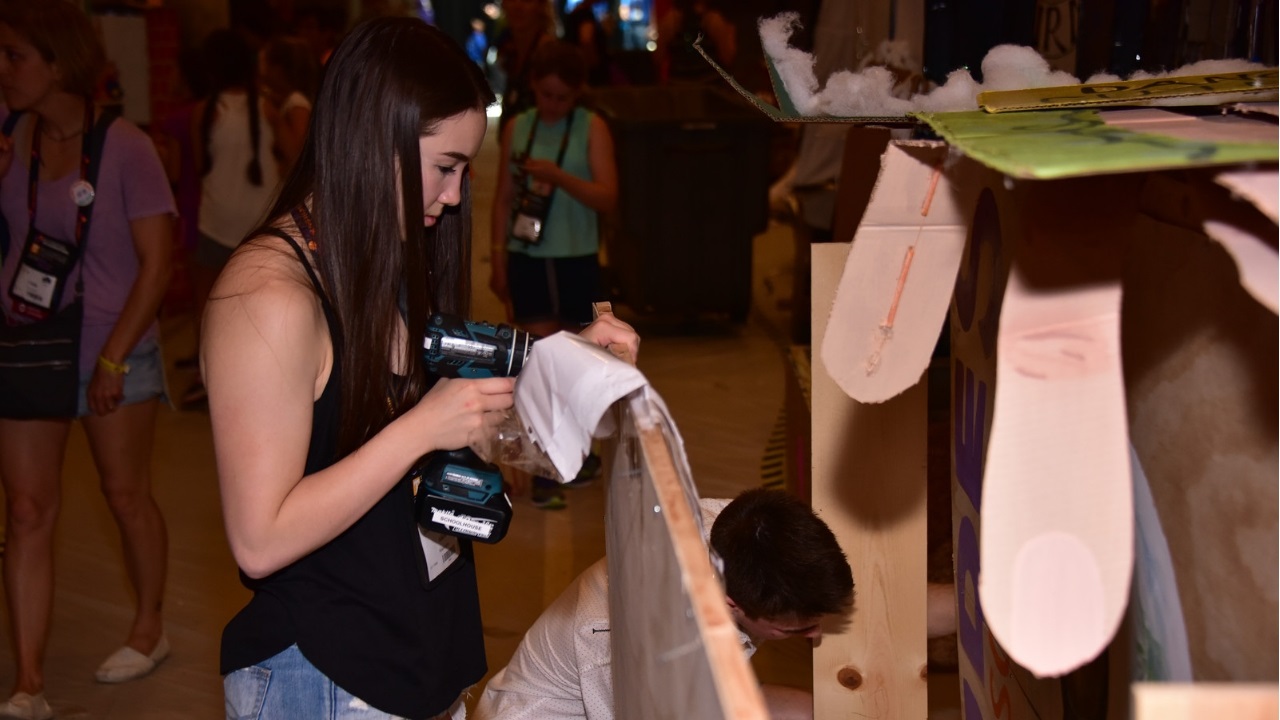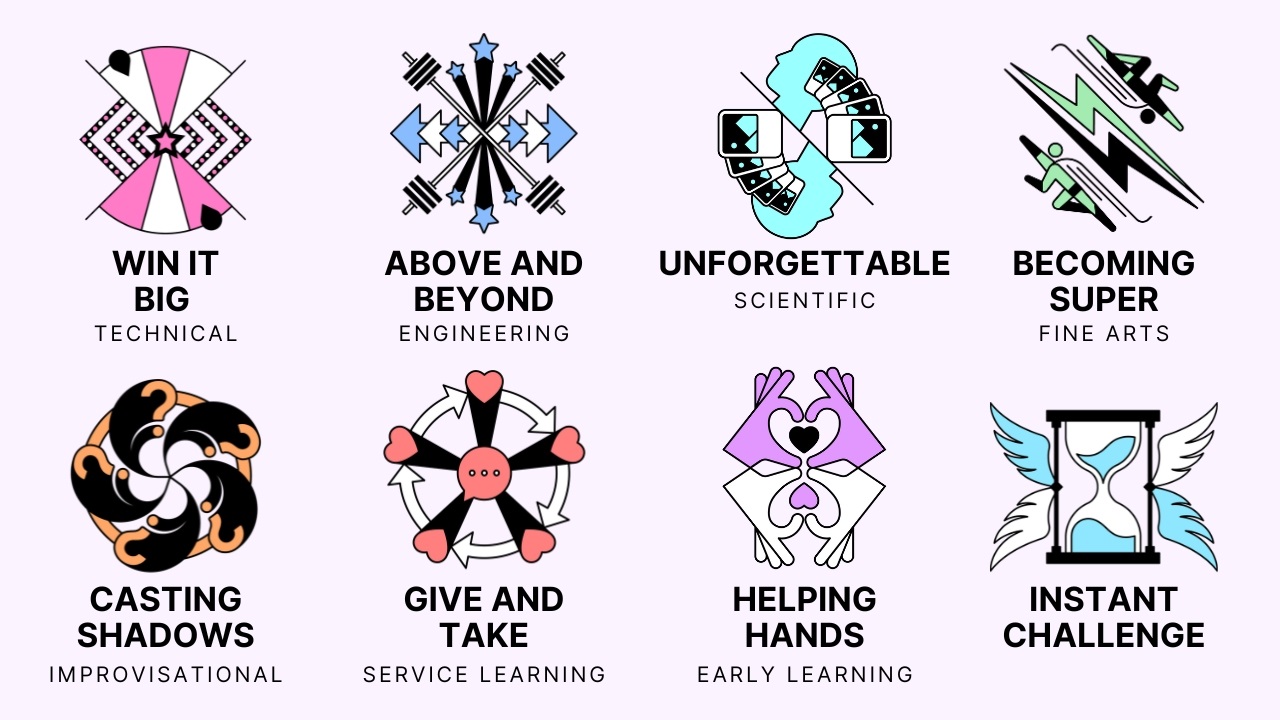By: Ruth Dargay, DI Volunteer
Teams can have all kinds of wonderfully creative ideas, but if they get stuck at the idea-generating phase or when it’s time to push through the difficult sections of a Challenge, then no one will be able to witness their fantastic solutions. While we want our teams to stay focused, we as Team Managers need to stay on task in our role as well. What kids really need from a Team Manager is someone who encourages them to spread their wings and try new ideas, but one who will also be a bit of a taskmaster as well.
Over the years, I’ve used a few methods to keep teams on task. One of the easiest ways to keep teams moving forward is to use a calendar to map out goals. In the beginning of the season, the goals are pretty generic and loose. For example, “by October 25, we want to have completed all our research” and as the team firms up their solution, the goals get more specific and more frequent. We try to update the calendar at the end of each meeting. Placing a calendar where the meeting goals are clearly visible is a great tool to have, especially as it gets closer to the tournament day. At the beginning of each meeting, we talk about the goals for the day. The kids really do know what has to be done once you start talking about the tiny details of the challenge.
For Challenges where my teams have had to build sets and props and create costumes, we have created a long “to do” list that is taped to the cabinet in my basement where a lot of their supplies are stored. Some kids jump right in and start on the next thing on the list while other kids need more direction (“look to see what’s left to do and choose something to work on”), but everyone knows what remains to be done. As they progress in their solution, their tasks become more focused and specific. The list allows a big picture look at the remaining work but still allows team members the choice to work on projects that are the most appealing to them.

While the previous two tools were old-school pencil and paper, I’ve used technology to help the teams stay on task, too. For my younger teams, I have emailed parents about what the team’s “homework” is for the coming week. For example, everyone needs to finish their research about blue whales before the next meeting. By the time that teams are in middle or high school, I just email or text them directly a reminder about what they need to accomplish at home before the next meeting. My middle school and high school teams have also used Google Docs to generate lists to keep themselves on task as well.
In my experience, meetings should rarely (if ever) be without some kind of goal. Time is a precious commodity—especially as the tournament day draws closer—so every meeting should have a purpose. However, sometimes doing things together for fun as a team serves an important purpose as well. Teams that like each other and have fun together ultimately work better together too. Team Managers can help teams find that happy medium of work and play.
About the Author: Ruth Dargay has been a Team Manager for 10 years. She enjoys mentoring new Team Managers and creating her own Instant Challenges for her teams to solve.






